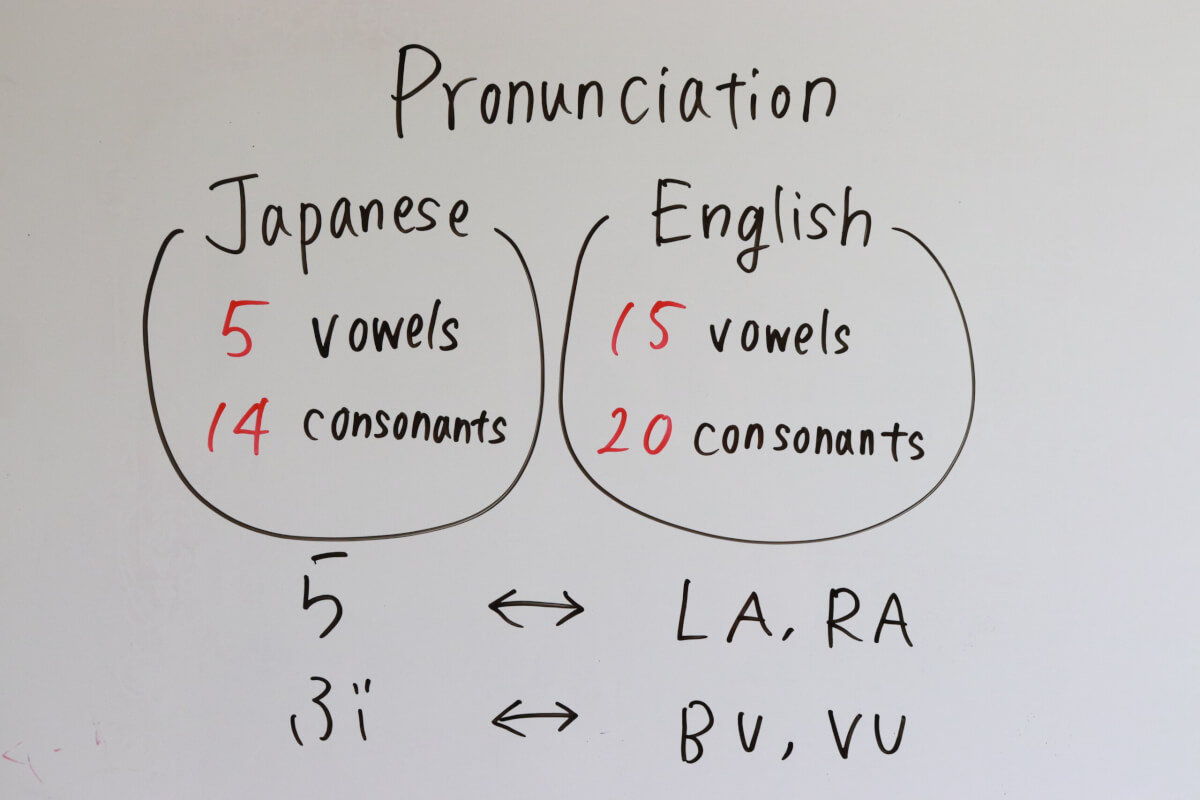- Release Date:
Japanese alphabet A to Z pdf

The Japanese language has many characters. It is important to study them over and over again at the beginning of learning along with the sounds of the English alphabet.
Today, we will introduce a chart showing the sounds of Hiragana and Katakana, two of the letters of the Japanese alphabet, written in English.
The Japanese language alphabet A to Z
In this chart, the upper row is in Hiragana, the lower row is in Katakana.
| A えー エー | B びー ビー | C しー シー | D でぃー ディー | E いー イー |
| F えふ エフ | G じー ジー | H えいち/えっち エイチ/エッチ | I あい アイ | J じぇー ジェー |
| K けー ケー | L える エル | M えむ エム | N えぬ エヌ | O おー オー |
| P ぴー ピー | Q きゅー キュー | R あーる アール | S えす エス | T てぃー ティー |
| U ゆー ユー | V ぶい ブイ | W だぶりゅー ダブリュー | X えっくす エックス | Y わい ワイ |
| Z ぜっと/じー ゼット/ジー |
How to download pdf?
In my ebook, there is a pdf table of Hiragana and Katakana with native speaker's pronunciation. You can also learn kanji one by one with the sound files. You can look them up anytime from any device.
How does an English name change?
What would an English name be written in Japanese? Here are some examples:
| Mattie | マティー | /ma thi-/ |
| Olivia | オリビア | /o ri bi a/ |
| Sarah | サラ | /sa ra/ |
| Emma | エマ | /e ma/ |
| Kate | ケイト | /ke i to/ |
| Noah | ノア | /no a/ |
| Michael | マイケル | /ma i ke ru/ |
| Aiden | エイデン | /e i de n/ |
| Alex | アレックス | /a re kku su/ |
| Jackson | ジャクソン | /ja ku so n/ |
Japanese and English have a different number of vowels and are pronounced very differently. Therefore, Katakana notation is also very different. The differences between English and Japanese pronunciation are described in detail in the next section.
For those who will be living in Japan, your name on driver's licenses, nameplates, and other official documents are often written in Katakana. It's important to know your name in Katakana.
How are there pronunciation differences between English and Japanese?

The first difference between English and Japanese pronunciation is the difference in the number of consonants and vowels. Japanese has five vowels and approximately 14 consonants. English has at least 15 vowels and 20 consonants.
Japanese has fewer vowels and fewer consonants than English. So, for example, R and L in English are one "ら"/RA which sounds between R and L sounds in Japanese. And also V and B sounds in English are pronounced only one sound "ぶ"/BU in Japanese.
Basically, Japanese pronunciation is often pronounced with fewer but longer vowels.

Besides the difference in sound, Japanese also has a pitch accent. Different accents give different meanings to the same character. For example, "ame" can be either "candy"/飴 or "rain"/雨.
It is good to study Japanese listening with these differences in mind.
